Introduction
The S&P 500 is one of the most widely recognized benchmark indices, representing the performance of 500 leading publicly traded companies in the United States. Large-cap stocks, which typically have market capitalizations exceeding $10 billion, form the backbone of this index. These companies are known for their financial stability, industry leadership, and significant influence on the broader economy. Understanding stock classifications within the index helps investors assess market trends, diversify portfolios, and make informed investment decisions.
Composition of the S&P 500
The S&P 500 is composed of 500 leading publicly traded companies in the United States, selected based on specific criteria. To be included, a company must have a market capitalization of at least $14.6 billion, maintain positive earnings in recent quarters, and demonstrate liquidity through active trading volume. Additionally, firms must be headquartered in the U.S. and meet financial reporting standards. The index is weighted by market capitalization, meaning larger companies have a greater influence on overall performance.
Sector allocations within the S&P 500 are distributed across industries, with technology, healthcare, and financials holding significant weight. Other sectors, including consumer discretionary, industrials, and energy, play vital roles in balancing the index. The historical composition of large-cap stocks in the S&P 500 has evolved due to market dynamics and industry growth. In the early years, industrial and financial companies dominated the index, reflecting the economic landscape of the time. Over the past few decades, technology firms have gained prominence, driven by advancements in digital infrastructure and innovation.
Large-Cap Representation in the S&P 500
Large-cap stocks dominate the S&P 500, reflecting their significant influence on market performance. Their companies drive investor sentiment and sector trends, shaping overall market dynamics. Market capitalization ranges among S&P 500 components vary, with mega-cap stocks exceeding $200 billion and smaller large-cap firms hovering around the $10 billion threshold. The index includes a mix of high-growth technology companies, stable financial institutions, and consumer-driven businesses.
Case studies of prominent large-cap stocks illustrate their impact on the S&P 500. Apple’s consistent revenue growth and innovation have solidified its position as a market leader, influencing index performance. Microsoft’s expansion into cloud computing and artificial intelligence has driven stock appreciation, reinforcing its dominance.
Presence of Mid-Cap Stocks in the S&P 500
Mid-cap stocks are companies with market capitalizations typically ranging between $2 billion and $10 billion. While the S&P 500 is primarily composed of large-cap stocks, it does include some mid-cap companies that meet its selection criteria. Mid-cap stocks provide a balance between the high-growth opportunities of small-cap stocks and the stability of large-cap firms, making them an essential component of diversified investment strategies. These firms span various sectors, including technology, healthcare, and consumer goods. While large-cap stocks dominate index movements, mid-cap firms contribute to sector-specific trends and provide additional investment opportunities.
Market Capitalization and Weighting in the S&P 500
Market capitalization plays a crucial role in determining stock weighting within the S&P 500. The index is market-cap weighted, meaning larger companies have a greater influence on overall performance. Stocks with higher market capitalization, such as Apple and Microsoft, receive larger weightings, impacting index movements more significantly than smaller components. The dominance of mega-cap stocks can sometimes lead to concentration risk, where a few companies disproportionately affect market trends.
Sector leaders play a vital role in shaping the composition of the S&P 500. Industries such as technology, healthcare, and financials hold substantial weight within the index, reflecting their economic significance. As industries evolve, sector weightings adjust, influencing investment strategies and market dynamics.
Factors Affecting Market Cap Distribution in the S&P 500
Economic cycles play a significant role in shaping market capitalization distribution within the S&P 500. During periods of economic expansion, companies experience revenue growth. Conversely, recessions and downturns often result in declining stock prices. Interest rate changes, inflation trends, and consumer spending patterns further influence company valuations, impacting sector weightings within the index. Industry trends also drive changes in market capitalization rankings within the S&P 500.
Technological advancements, regulatory shifts, and evolving consumer preferences contribute to sector growth or decline. Stock performance directly affects index weightings over time, as companies with strong earnings and consistent growth gain prominence within the S&P 500. Corporate earnings reports, mergers, acquisitions, and strategic shifts all contribute to stock performance, shaping the overall composition of the S&P 500.
Investment Strategies Based on S&P 500 Market Capitalization
Portfolio diversification within the S&P 500 involves balancing exposure to large-cap and mid-cap stocks. While large-cap stocks provide stability and consistent returns, mid-cap stocks offer growth potential and sector-specific opportunities. Diversification ensures that portfolios remain resilient during economic fluctuations. Growth and value investing strategies play a crucial role in S&P 500 allocations. Growth investors focus on companies with strong revenue expansion and innovation, often found in technology and healthcare sectors.
Value investors, on the other hand, seek undervalued stocks with solid fundamentals, stable cash flows, and lower valuation multiples. Tracking capitalization trends within the S&P 500 provides long-term investment benefits. By maintaining a disciplined approach and adapting to capitalization changes, investors can enhance portfolio stability and maximize growth potential.
Future Trends in S&P 500 Market Capitalization
Future trends in S&P 500 market capitalization will be shaped by sector shifts, emerging industries, and evolving stock classifications. Analysts predict that technology and healthcare will continue to dominate the index, driven by advancements in artificial intelligence, biotechnology, and cloud computing. Financial and energy sectors may experience fluctuations based on interest rate policies and sustainability initiatives.
Emerging industries are expected to influence the composition of the S&P 500, with companies specializing in renewable energy, cybersecurity, and digital finance gaining prominence. Additionally, AI-driven automation and blockchain innovations could reshape industry rankings. Stock classifications within the S&P 500 are likely to evolve as companies expand operations and adjust to market conditions. Some mid-cap firms may transition into large-cap status, altering index weightings and sector allocations. Regulatory changes, mergers, and acquisitions could further impact stock classifications, influencing investor sentiment and portfolio strategies.
Conclusion
The S&P 500 is a vital benchmark that primarily consists of large-cap stocks but also includes some mid-cap companies, reflecting the evolving market landscape. Understanding how market capitalization influences stock weightings, sector distributions, and investment strategies allows investors to make informed decisions. By analyzing historical trends, sector shifts, and valuation metrics, investors can optimize their portfolios to align with market movements. As economic cycles and technological advancements continue to shape market dynamics, staying informed about capitalization trends within the S&P 500 will be essential for long-term investment success.
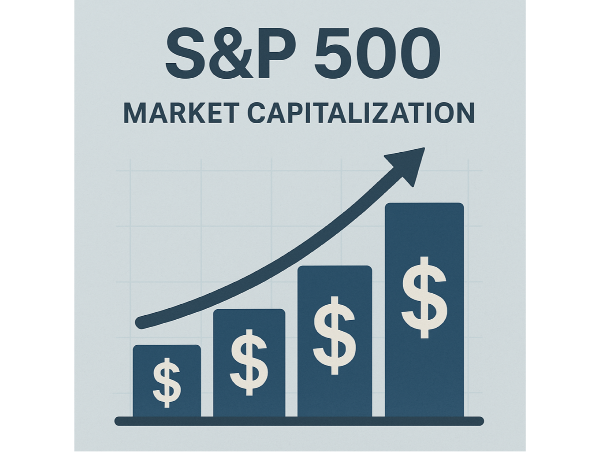


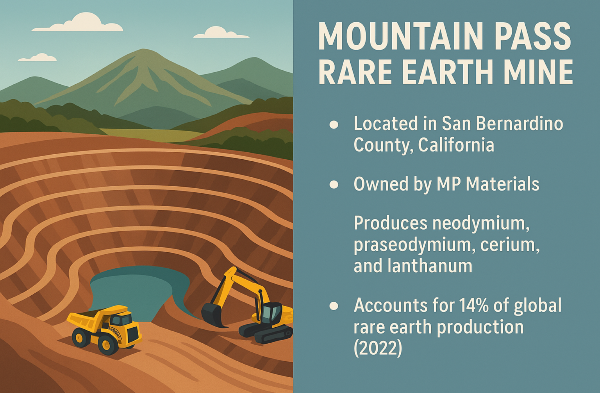
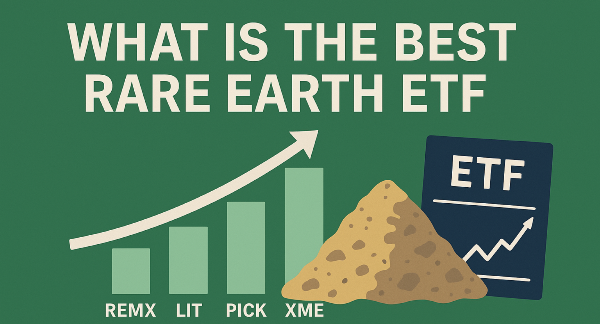
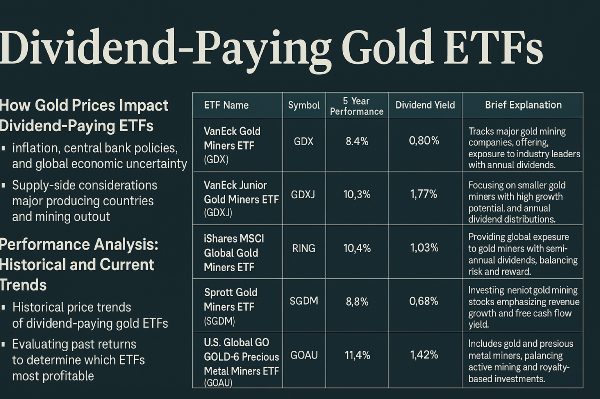

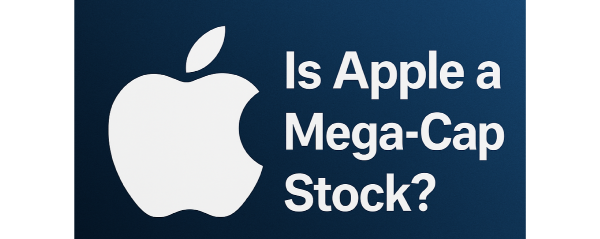
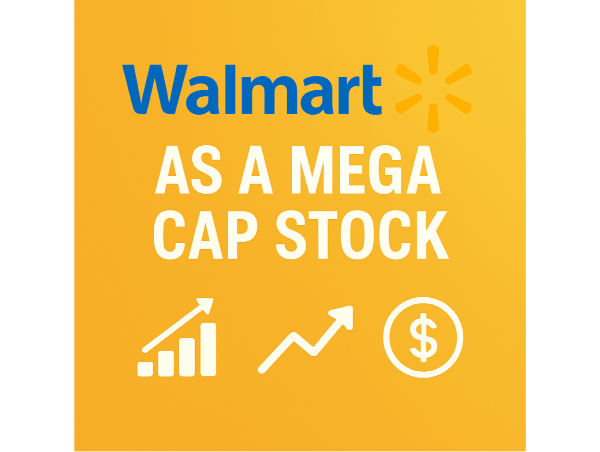
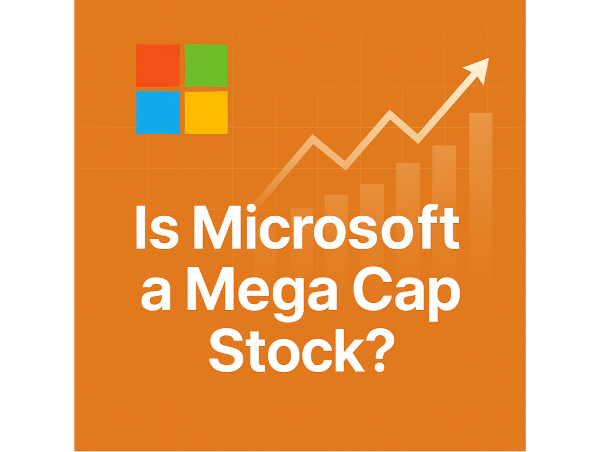

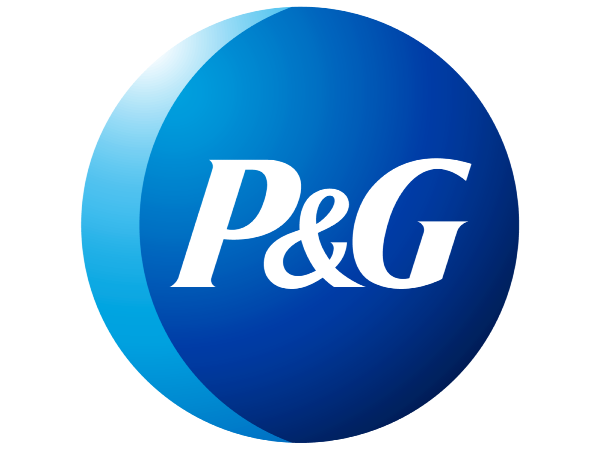


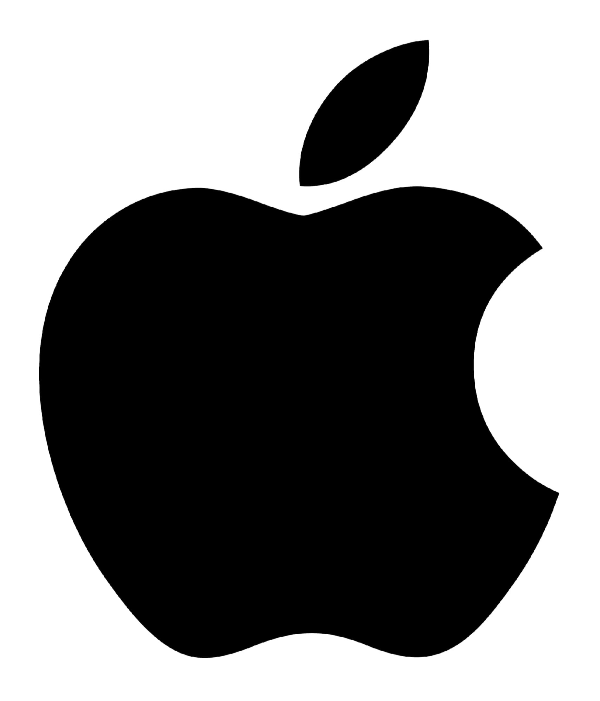
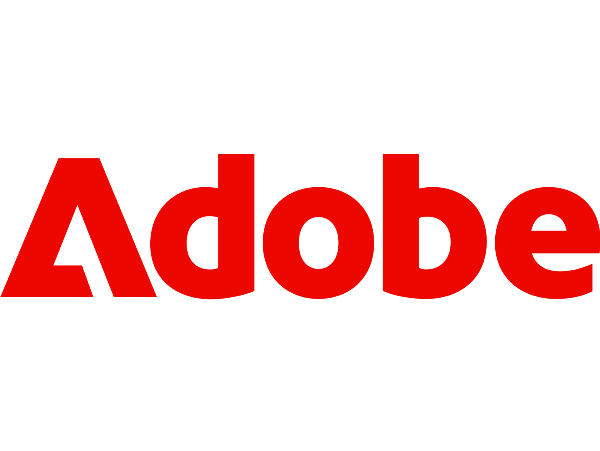












Introduction
The S&P 500 is one of the most widely recognized benchmark indices, representing the performance of 500 leading publicly traded companies in the United States. Large-cap stocks, which typically have market capitalizations exceeding $10 billion, form the backbone of this index. These companies are known for their financial stability, industry leadership, and significant influence on the broader economy. Understanding stock classifications within the index helps investors assess market trends, diversify portfolios, and make informed investment decisions.
Composition of the S&P 500
The S&P 500 is composed of 500 leading publicly traded companies in the United States, selected based on specific criteria. To be included, a company must have a market capitalization of at least $14.6 billion, maintain positive earnings in recent quarters, and demonstrate liquidity through active trading volume. Additionally, firms must be headquartered in the U.S. and meet financial reporting standards. The index is weighted by market capitalization, meaning larger companies have a greater influence on overall performance.
Sector allocations within the S&P 500 are distributed across industries, with technology, healthcare, and financials holding significant weight. Other sectors, including consumer discretionary, industrials, and energy, play vital roles in balancing the index. The historical composition of large-cap stocks in the S&P 500 has evolved due to market dynamics and industry growth. In the early years, industrial and financial companies dominated the index, reflecting the economic landscape of the time. Over the past few decades, technology firms have gained prominence, driven by advancements in digital infrastructure and innovation.
Large-Cap Representation in the S&P 500
Large-cap stocks dominate the S&P 500, reflecting their significant influence on market performance. Their companies drive investor sentiment and sector trends, shaping overall market dynamics. Market capitalization ranges among S&P 500 components vary, with mega-cap stocks exceeding $200 billion and smaller large-cap firms hovering around the $10 billion threshold. The index includes a mix of high-growth technology companies, stable financial institutions, and consumer-driven businesses.
Case studies of prominent large-cap stocks illustrate their impact on the S&P 500. Apple’s consistent revenue growth and innovation have solidified its position as a market leader, influencing index performance. Microsoft’s expansion into cloud computing and artificial intelligence has driven stock appreciation, reinforcing its dominance.
Presence of Mid-Cap Stocks in the S&P 500
Mid-cap stocks are companies with market capitalizations typically ranging between $2 billion and $10 billion. While the S&P 500 is primarily composed of large-cap stocks, it does include some mid-cap companies that meet its selection criteria. Mid-cap stocks provide a balance between the high-growth opportunities of small-cap stocks and the stability of large-cap firms, making them an essential component of diversified investment strategies. These firms span various sectors, including technology, healthcare, and consumer goods. While large-cap stocks dominate index movements, mid-cap firms contribute to sector-specific trends and provide additional investment opportunities.
Market Capitalization and Weighting in the S&P 500
Market capitalization plays a crucial role in determining stock weighting within the S&P 500. The index is market-cap weighted, meaning larger companies have a greater influence on overall performance. Stocks with higher market capitalization, such as Apple and Microsoft, receive larger weightings, impacting index movements more significantly than smaller components. The dominance of mega-cap stocks can sometimes lead to concentration risk, where a few companies disproportionately affect market trends.
Sector leaders play a vital role in shaping the composition of the S&P 500. Industries such as technology, healthcare, and financials hold substantial weight within the index, reflecting their economic significance. As industries evolve, sector weightings adjust, influencing investment strategies and market dynamics.
Factors Affecting Market Cap Distribution in the S&P 500
Economic cycles play a significant role in shaping market capitalization distribution within the S&P 500. During periods of economic expansion, companies experience revenue growth. Conversely, recessions and downturns often result in declining stock prices. Interest rate changes, inflation trends, and consumer spending patterns further influence company valuations, impacting sector weightings within the index. Industry trends also drive changes in market capitalization rankings within the S&P 500.
Technological advancements, regulatory shifts, and evolving consumer preferences contribute to sector growth or decline. Stock performance directly affects index weightings over time, as companies with strong earnings and consistent growth gain prominence within the S&P 500. Corporate earnings reports, mergers, acquisitions, and strategic shifts all contribute to stock performance, shaping the overall composition of the S&P 500.
Investment Strategies Based on S&P 500 Market Capitalization
Portfolio diversification within the S&P 500 involves balancing exposure to large-cap and mid-cap stocks. While large-cap stocks provide stability and consistent returns, mid-cap stocks offer growth potential and sector-specific opportunities. Diversification ensures that portfolios remain resilient during economic fluctuations. Growth and value investing strategies play a crucial role in S&P 500 allocations. Growth investors focus on companies with strong revenue expansion and innovation, often found in technology and healthcare sectors.
Value investors, on the other hand, seek undervalued stocks with solid fundamentals, stable cash flows, and lower valuation multiples. Tracking capitalization trends within the S&P 500 provides long-term investment benefits. By maintaining a disciplined approach and adapting to capitalization changes, investors can enhance portfolio stability and maximize growth potential.
Future Trends in S&P 500 Market Capitalization
Future trends in S&P 500 market capitalization will be shaped by sector shifts, emerging industries, and evolving stock classifications. Analysts predict that technology and healthcare will continue to dominate the index, driven by advancements in artificial intelligence, biotechnology, and cloud computing. Financial and energy sectors may experience fluctuations based on interest rate policies and sustainability initiatives.
Emerging industries are expected to influence the composition of the S&P 500, with companies specializing in renewable energy, cybersecurity, and digital finance gaining prominence. Additionally, AI-driven automation and blockchain innovations could reshape industry rankings. Stock classifications within the S&P 500 are likely to evolve as companies expand operations and adjust to market conditions. Some mid-cap firms may transition into large-cap status, altering index weightings and sector allocations. Regulatory changes, mergers, and acquisitions could further impact stock classifications, influencing investor sentiment and portfolio strategies.
Conclusion
The S&P 500 is a vital benchmark that primarily consists of large-cap stocks but also includes some mid-cap companies, reflecting the evolving market landscape. Understanding how market capitalization influences stock weightings, sector distributions, and investment strategies allows investors to make informed decisions. By analyzing historical trends, sector shifts, and valuation metrics, investors can optimize their portfolios to align with market movements. As economic cycles and technological advancements continue to shape market dynamics, staying informed about capitalization trends within the S&P 500 will be essential for long-term investment success.